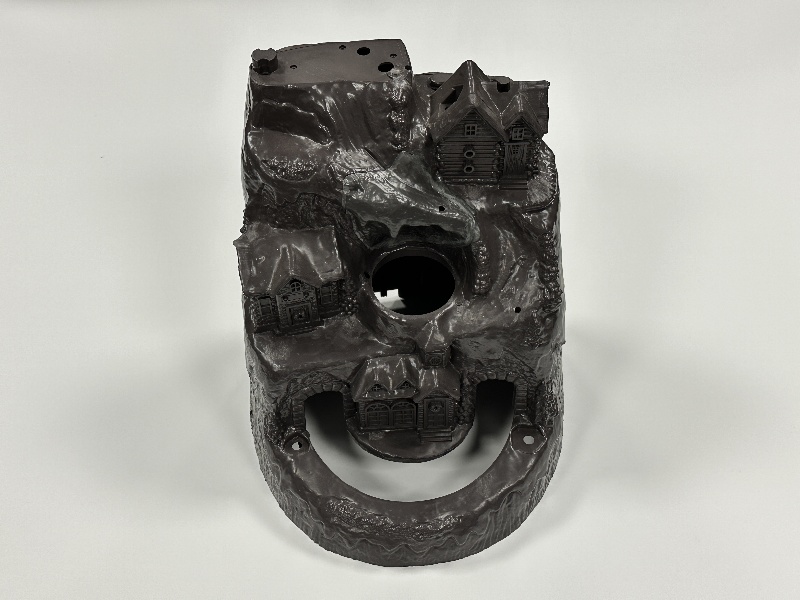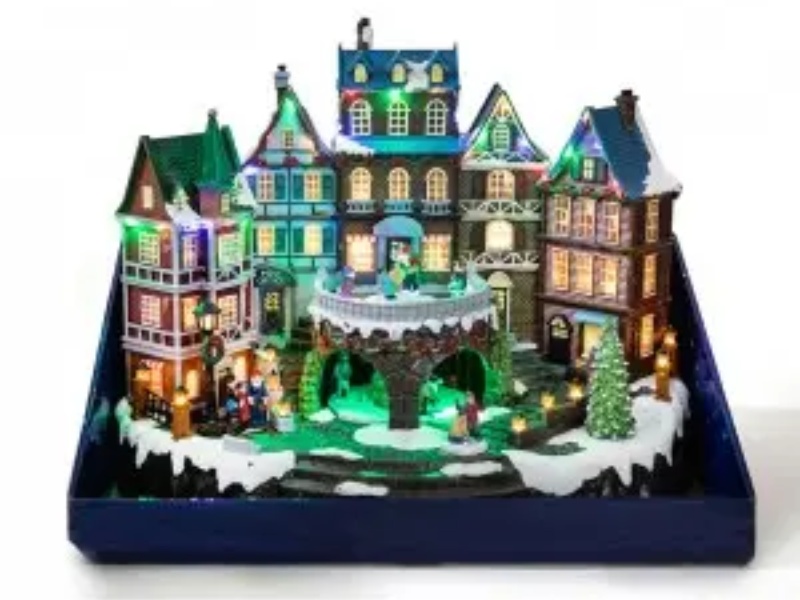Post-processing enhances the properties of plastic injection molded parts and prepares them for their intended end use. This step involves corrective measures to eliminate surface defects and secondary processing for decorative and functional purposes. In the RuiCheng, post-processing includes operations such as removing excess material (often called flash), products polishing, Details processing and spray paint.
As the name suggests, post-processing is performed after injection molding is completed. While it will incur additional costs, these expenses may be more economical than choosing more expensive tools or materials. For example, painting the part after molding may be a more cost-effective option than using expensive colored plastic.
There are differences for each post-processing method. For example, there are several ways to paint injection molded parts. A comprehensive understanding of all available options enables you to choose the most suitable post-processing method for your upcoming project.
Spray painting
Spray painting is a key post-processing technology for plastic injection molding, enhancing molded parts with vividly colored coatings. While injection molders have the option of using colored plastics, colored polymers tend to be more expensive.
At RuiCheng, we usually spray paint directly after polishing the product , Compared to in-mold painting it could be more cost-effective. Typically, our plastic injection molded parts are painted for decorative purposes.

Before Spray painting

After Spray painting
Before starting the painting process, pre-treatment steps such as cleaning or sanding may be required to ensure better paint adhesion. Low surface energy plastics, including PE and PP, benefit from plasma treatment. This cost-effective process significantly increases surface energy, forming stronger molecular bonds between the paint and plastic substrate.
commonly three way for Spray painting
1.Spray painting is the simplest process and can use air-drying, self-curing paint. Two-part coatings that cure with ultraviolet (UV) light are also available.
2.Powder coatings are powdered plastic and require UV curing to ensure surface adhesion and help avoid chipping and peeling.
3.Silk screen printing is used when a part requires two different colors. For each color, the screen is used to mask or hide areas that should remain unpainted.
With each of these processes, a gloss or satin finish in almost any color can be achieved.
Post time: May-16-2024
